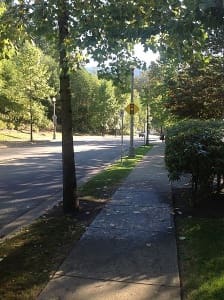Do you have sap dripping from trees? If so, you may be wondering how to stop a tree from dripping sap.
Many homeowners have trouble with sap dripping off of their trees onto their cars and walkways. This sticky substance can be difficult to remove, accumulate dirt, and attract flies and other annoying insects.
Call: (703) 573-3029
What most homeowners will be surprised to learn is that this sticky liquid from trees isn’t sap at all. The sticky liquid oozing from the trees is Honeydew, and despite the name it has no relation to the fruit. Honeydew is the excrement of plant-sucking insects such as aphids, lace bugs, cicadas, and certain types of scale. Deciduous trees do not drip sap from their leaves. If you have “sap” dripping from your deciduous tree it is honeydew and is a telltale sign of an insect infestation.

Trees That Drip Sap:
Insect infestations that lead to honeydew are frequently found on rose, ash, oak, elm, maple, willow, and fruit trees.
Oak Tree Dripping Sap:
Many homeowners ask specifically about their oak tree dripping sap. Oak trees are one of the species that are susceptible to the plant-sucking insects that create honeydew. They do not naturally drip sap. If you have an oak tree dripping sap, get help from an Arborist.
What Causes Sap Dripping From Trees?
Honeydew by itself may be annoying and a hassle but will typically not hurt your tree. The real issue comes from the fact that a fungus called Sooty Mold will begin to develop on Honeydew.
Sooty Mold: Is a fungus that coats the leaves of your trees to the point where they can no longer absorb sunlight. This means that the process of photosynthesis is interrupted and the tree will not be able to produce the nutrients they need for survival. If your trees and shrubs are turning black you most likely have a sooty mold problem caused by honeydew. If you see sooty mold on your understory plants, you can gently rinse it off with your garden hose.
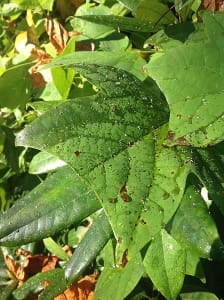
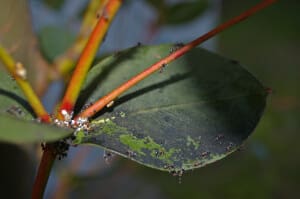
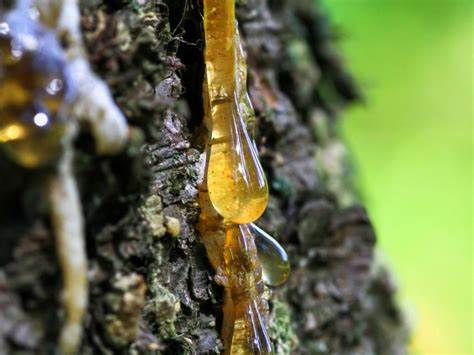
How To Stop A Tree From Dripping Sap:
To keep honeydew and sooty mold from accumulating on your tree you must suppress the plant-sucking insects that create the sticky substance. To achieve this you have several options.
Prevention: Most insects are more likely to feed on stressed trees. Maintaining the health and vigor of your trees can help protect against an infestation of plant-sucking insects. You can maintain the health of your tree through routine pruning, bio-stimulant applications, and seasonal sprays.
Organic Control through Beneficial Insects:
Aphids, lace bugs, and scale have many natural enemies. We can release these predators on your property in order to control the population of these aphids. This is a great option for homeowners that are worried about chemicals on their property or have kids that would love to be involved in releasing the bugs on the property.
- Lace Bug Natural Enemies:
- jumping spiders
- assassin bugs
- lacewings larvae
- lady bugs
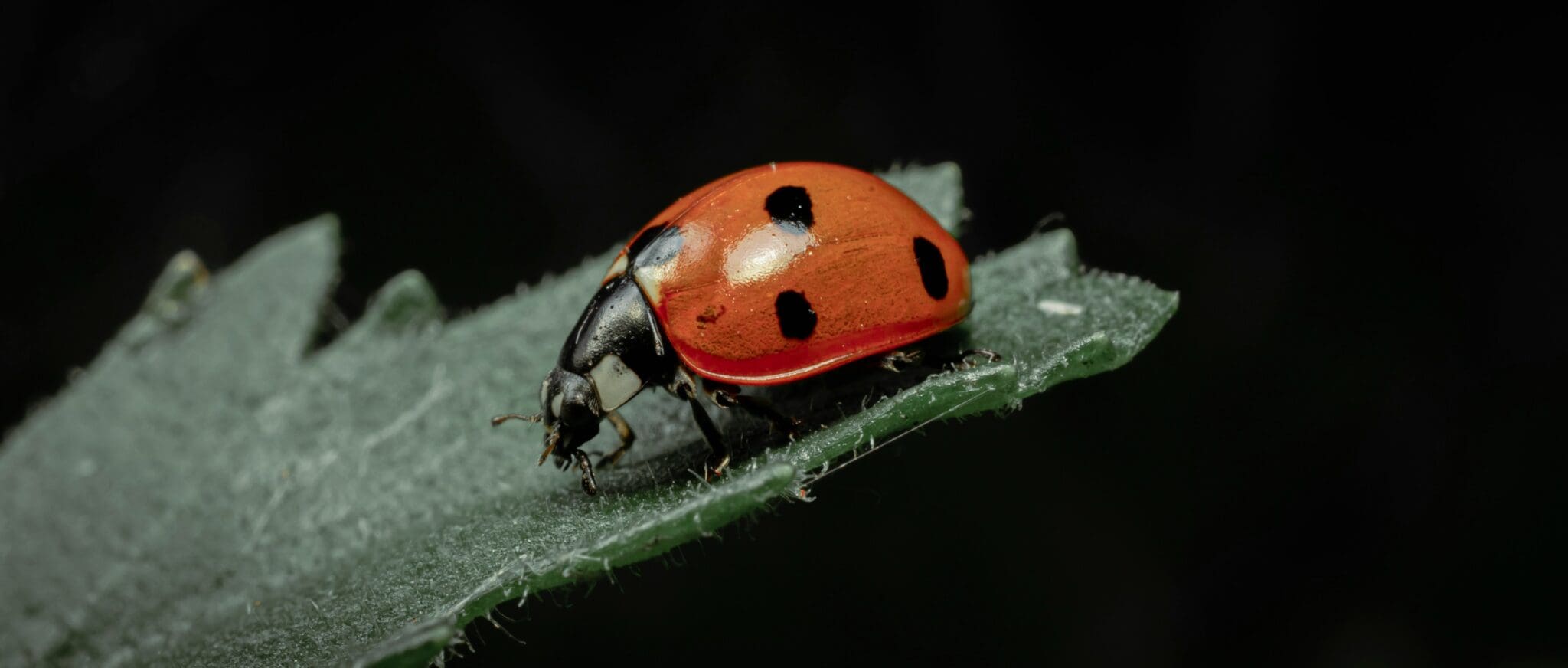
- Scale Natural Enemies:
- lady beetles
- predatory mites
- small parasitic wasps
- Aphid Natural Enemies:
- lacewing larvae
- lady bugs

Traditional Control: An arborist will be able to craft a treatment that will most likely involve horticultural oils or insecticides. These traditional treatments will kill aphids/scale/lace bugs on contact.
Beware Of DIY “Treatments”: Broad spectrum insecticides/oils that you find at home improvement stores or online actually kill the insects’ natural predators. Using this type of “treatment” is a temporary solution and the infestation will come back with a vengeance because there are no natural predators left to fight them off.
Instead, trust a Certified Arborist to develop the correct treatment for your property that takes into account beneficial insects.
If you have “sap” (honeydew) dripping from trees call us at 703.573.3029 or book an appointment online.
**NOTE: While this issue occurs nationwide, our current service area is limited to the Washington, DC Metropolitan Area.


